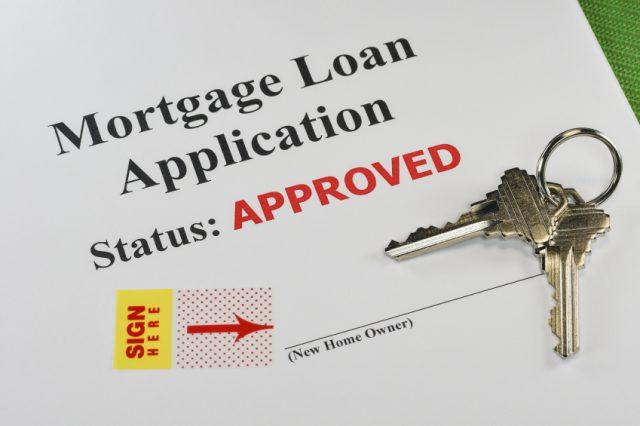OneSavings Bank Outlines Plans for PRA Portfolio Changes

OneSavings Bank Outlines Plans for PRA Portfolio Changes
OneSavings Bank (OSB) has outlined its new lending criteria plans for portfolio landlords, to help brokers prepare early for the upcoming second phase of the Prudential Regulation Authority (PRA) portfolio changes, which will come into effect on 30th September 2017.
The specialist lending group, which includes the Kent Reliance and InterBay brands, will now require portfolio landlords with four or more mortgaged properties to provide a business plan, assets and liabilities statement, and cash flow statement in support of any mortgage application.
Details of the borrower’s wider buy-to-let portfolio will also need to be provided and assessed as part of the underwriting process.
To enable this, brokers will be able to submit borrower information via the new buy-to-let hub – a dedicated submission platform developed in partnership with eTech. The platform will offer brokers a simple dashboard that streamlines portfolio stress testing and income coverage ratio assessment, which will help to provide a rapid response to loan applications.
Portfolio landlords will be subject to an interest rate stress test of 5% on the rest of their portfolio and must meet or exceed a rental cover ratio of 125%.
The Sales Director of OSB, Adrian Moloney, comments: “Brokers have had to move quickly to update their advice following a raft of tax and regulatory changes to the buy-to-let sector, and will need to do so again once the upcoming portfolio landlord changes land in October. There’s no doubt that greater scrutiny on loan affordability will be a good thing for the sustainability of the sector, but it will also mean more of an administrative burden.
“OSB will keep things simple for brokers. We’ve always welcomed portfolio landlords and the changes here cement our position as the lender of choice for these borrowers. We’ve chosen to announce our criteria well ahead of the October deadline, to help brokers prepare for the changes in good time, so they can feel confident when preparing clients to submit a portfolio application. Together with the new buy-to-let hub, we’re doing all we can to transition brokers and their clients into the new landscape with the minimum of fuss.”
Find out how other lenders, including NatWest, Leeds Building Society, Paragon and Aldermore, are reacting to the PRA portfolio changes and keep up to date at Landlord News.







